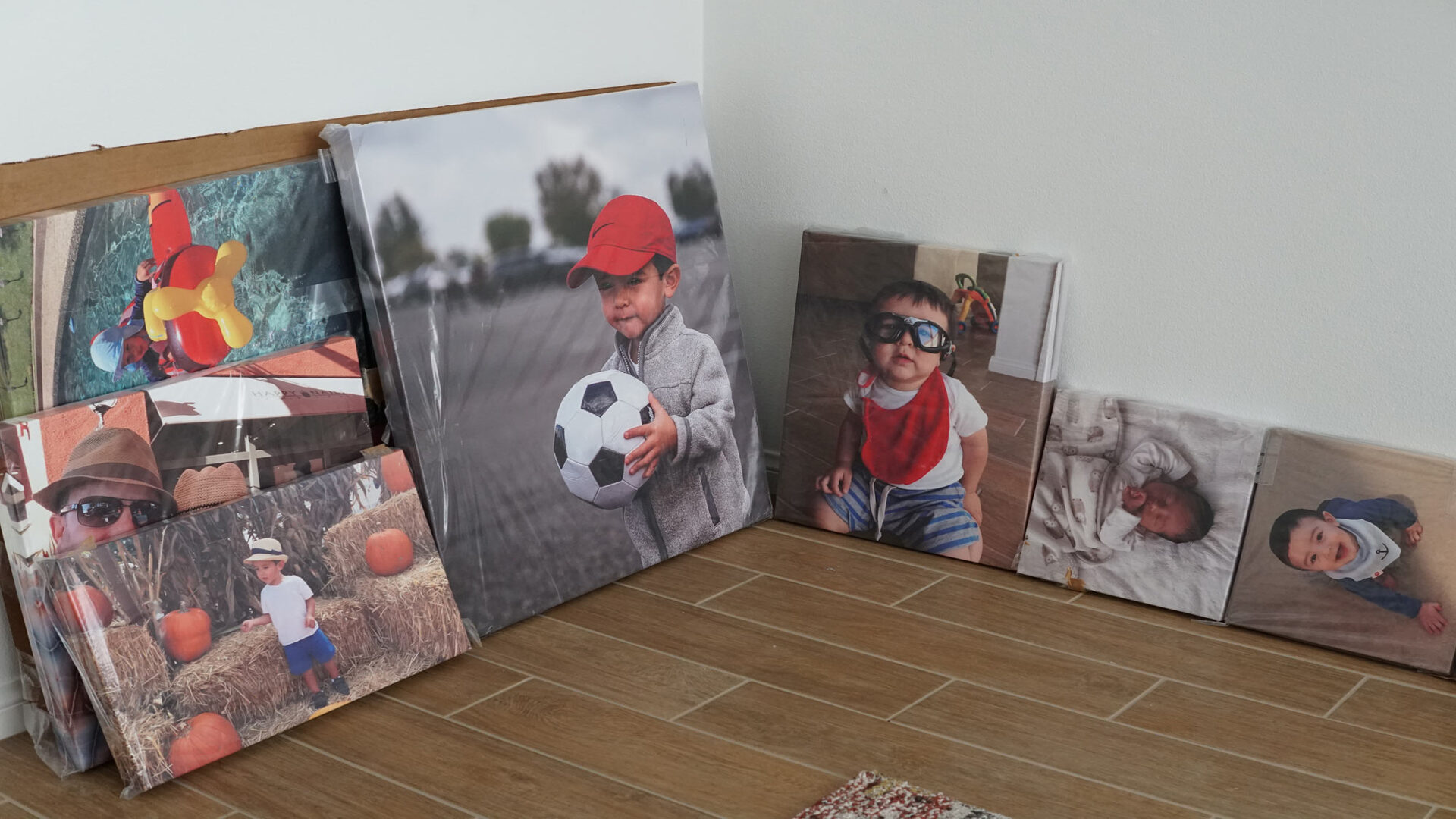If you’ve thought about starting your own business and have chosen canvas printing as your niche, you’ll probably want to know what the features of this type of business are and what pitfalls you may encounter in the process. In this article, we’ll tell you all about it.
But before we start, we would like to recommend you one cool service that deals with printing and selling various paintings on canvas. With his help, you can realize any of your (even the most daring and exotic) desires! If you need Monopoly canvas wall art, for example, you can easily order it with Pixoram.
Features of canvas printing
Canvas printing is virtually indistinguishable from traditional large-format printing. These technologies work on the same principle. The main difference between printing on natural canvas is that here images are created by imitating brush strokes.
This means that the finished picture will not be perfectly flat – instead, it will have a characteristic surface irregularity. Such an effect is achieved through the use of a special gel and varnish, which are designed to cover the canvas at the final stage.
Another key difference between prints on canvas is that this technology does not involve the use of paper. Natural, synthetic, or combined canvases are used to create the picture. They are distinguished by increased durability and the possibility of applying high-precision images. If we talk about the advantages of printing on canvas, it is worth noting the following points:
-
- Ease of framing – this technology involves stretching the canvas on the frame. Due to this, the finished picture will look much more exquisite.
- Durability – the picture on the canvas will not deteriorate for a long time, so it is quite a reliable and durable way to capture something.
- Ability to edit the image – you can recreate any photo (even the lowest resolution) in the process of printing on canvas.

Choosing a canvas to work on
“Okay, I get that printing on canvas is really cool. But what kind of canvas should I choose?”
Canvases to print on
As we briefly mentioned earlier, there are different canvases available. Both natural and synthetic variations are used. Natural canvases are really fine canvases. Such paintings require careful handling (for example, you should try at all costs to avoid getting moisture on them). Natural canvas is often varnished after printing to protect it and create a special and unique glossy effect.
If your client, say, wants to make a reproduction of a painting he has taken a fancy to, you’ll need to use a thicker canvas, so you can make the picture more natural. The surface of such a picture is often covered with special textured gels that imitate brush strokes. For printing graphics and photographs, thin canvases with a smoother surface and even a weave of threads are used.
Linen canvases are used by artists. They have a rough texture and a picture printed on such a canvas has the look of the real thing. Synthetic canvases are not afraid of moisture and do not deform when humidity changes. They are flat and good for printing high-resolution photographs. They can also be completely white or with shades of natural fabrics.